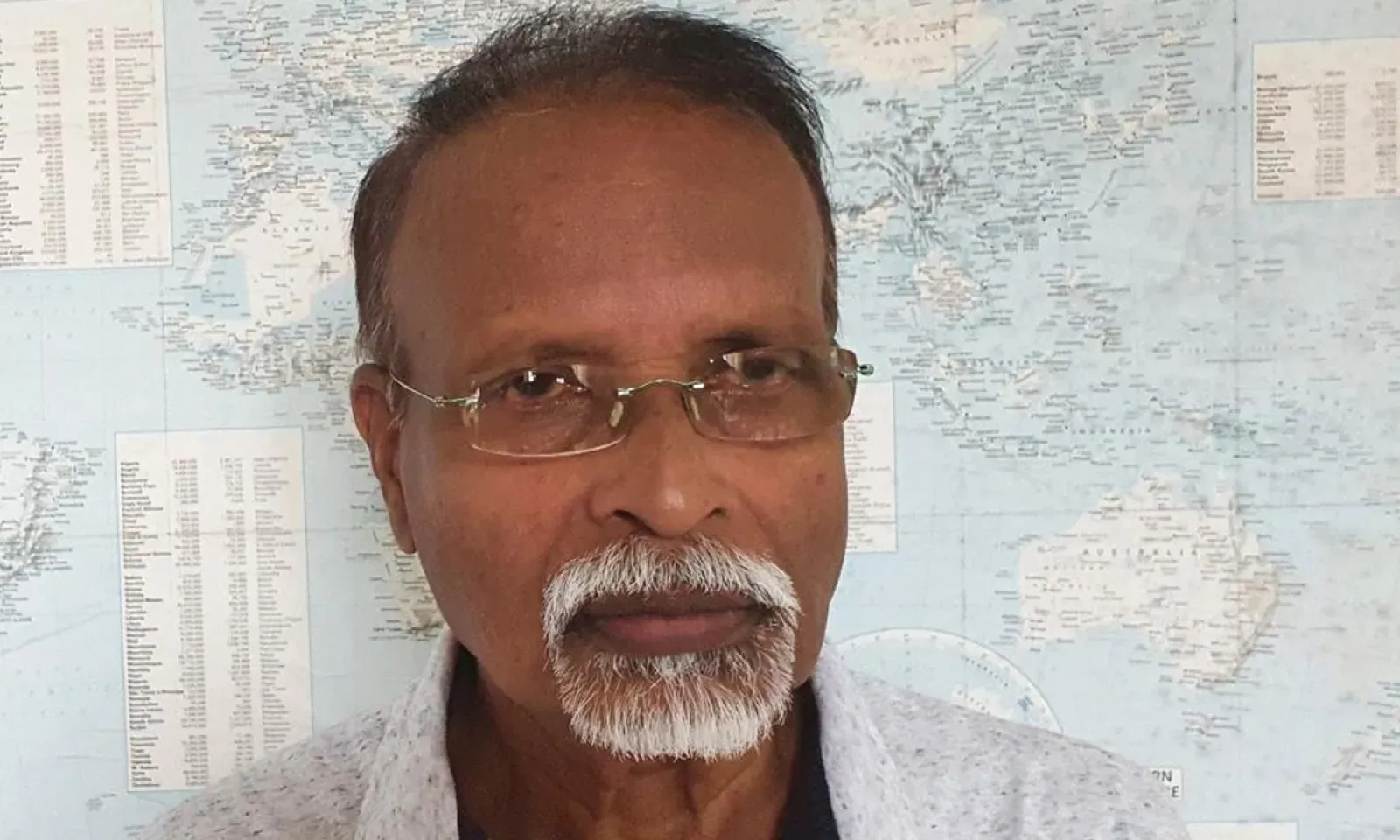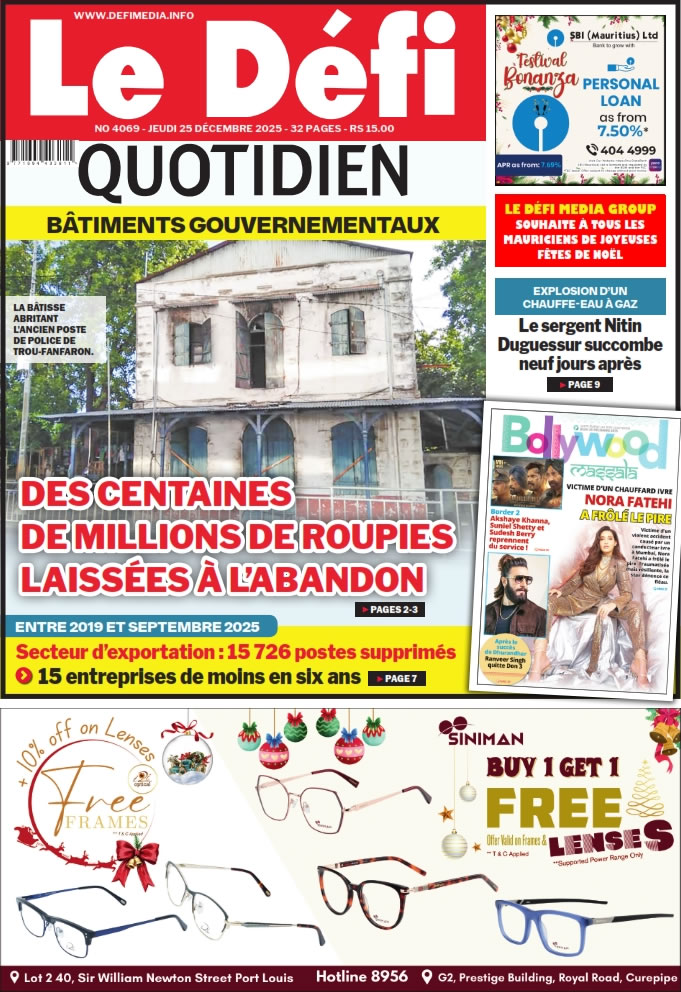
In the present context, it would be interesting to read Progress towards the Sustainable Development Goals (SDG), as published in the Advance Unedited Report of the UN Secretary-General, covering period 25 July 2019 to 22 July 2020. Goal 11 is of particular interest. It reads: ‘’ Make cities and human settlements inclusive, safe, resilient, and sustainable ’’ Analysis: Rapid urbanization is resulting in a growing number of slum dwellers, inadequate and overburdened infrastructure and services, and worsening air pollution. The Covid-19 pandemic will hit hardest the more than one billion slum dwellers worldwide, who suffer from a lack of adequate housing, no running water at home, shared toilets, little or no waste management systems, overcrowded public transport and limited access to formal health care facilities. Many of these populations work in the informal sector and are at high risk of losing their livelihoods as cities shut down. Urgent response plans are needed to prepare for and respond to outbreaks in informal settlements and slums.
THE STATS AS THEY ARE
The number of slum dwellers reached over 1 billion in 2018, which represents 24% of the urban population, up slightly from 23% in 2014. The number of people living in urban slums is highest in Eastern and South-Eastern Asia (370 millions), sub-Saharan Africa (238 millions) and Central and Southern Asia (226 millions).
ACCESS AND TRANSPORT
Access to adequate, reliable and safe public transport is an urban basic need. Per 2019 data from 610 cities from 95 countries, only half of the world’s urban population had convenient access to public transport, defined as living within 500 metres walking distance of a low-capacity transport system (like a bus stop) and within 1 000 metres of a high-capacity transport system (like a railway and/or ferry terminal).
EXTENT OF BUILT-UP AREA
2019 data collected from a sample of 755 cities from 95 countries show that, through the 1990-2015 period, most urban areas recorded a general increase in the extent of built-up area (defined as the presence of buildings) per person. On average, all regions except sub-Saharan Africa and Eastern and South-Eastern Asia recorded a consistent increase in the built-up area per capita, with Australia and New Zealand recording the highest values.
SPACE, LAND AND STREETS
Based on 2019 data from 610 cities in 95 countries, the share of land allocated to streets and open spaces - critical to cities’ productivity and social and health dimensions of their populations - averaged only about 16% globally. Of these, streets accounted for about three times as much urban land as open public spaces (e.g parks, river-fronts). The share of the population who could access open public spaces within 400 metres walking distance along a street network averaged 46.7%.
BUDGET 2020-2021
It is announced that 12 000 social housing units across the whole island will be constructed over the next three years to be funded from the Covid-19 Project Development Fund aimed at the vulnerable and middle income families. Of late, the problem of squatting State land has resurged, with the bulldozing of ‘structures’ after the authorities have concluded the ‘squatting was illegal, other people have left where they were living to join the squatters taking advantage of the lockdown’ When the authorities go about listing those needy of a house and where land which is not marshy can bear constructions, it stands to reason that a complete list of illegal occupation be brought to light whether on the coastline, on hillsides or riverside. The time is now. May we suggest, however, that the location of the housing units ease the integration of the occupants in the ‘larger society’ in terms of transport, access, and reachable amenities.
Vijay Naraidoo, President of the Commission for the Rights of Older Persons of DIS-MOI








